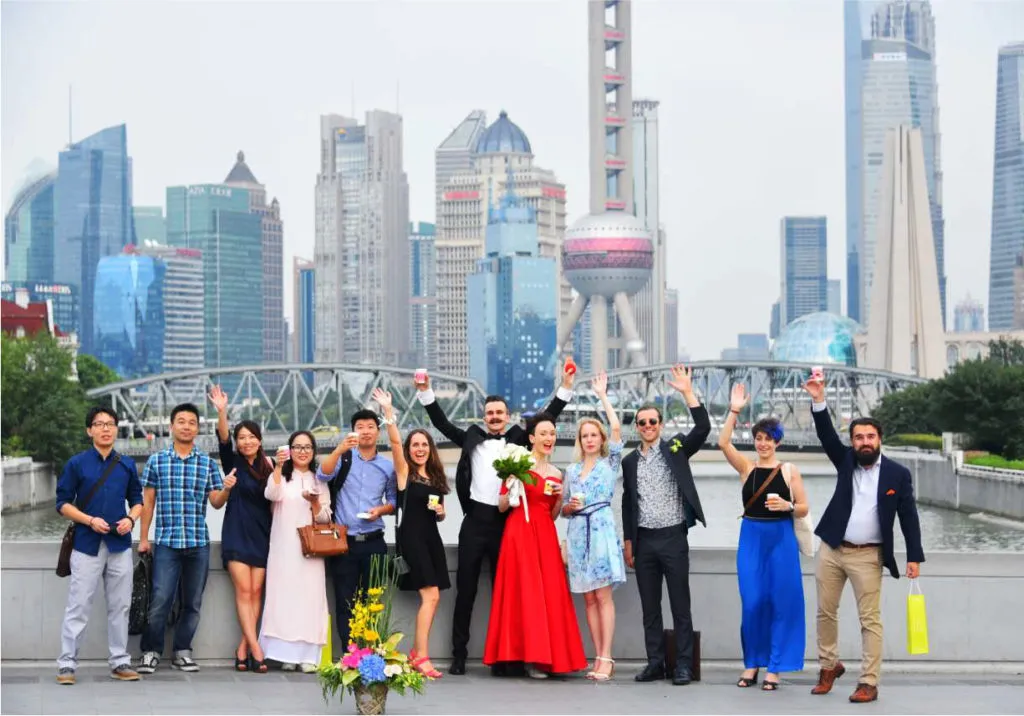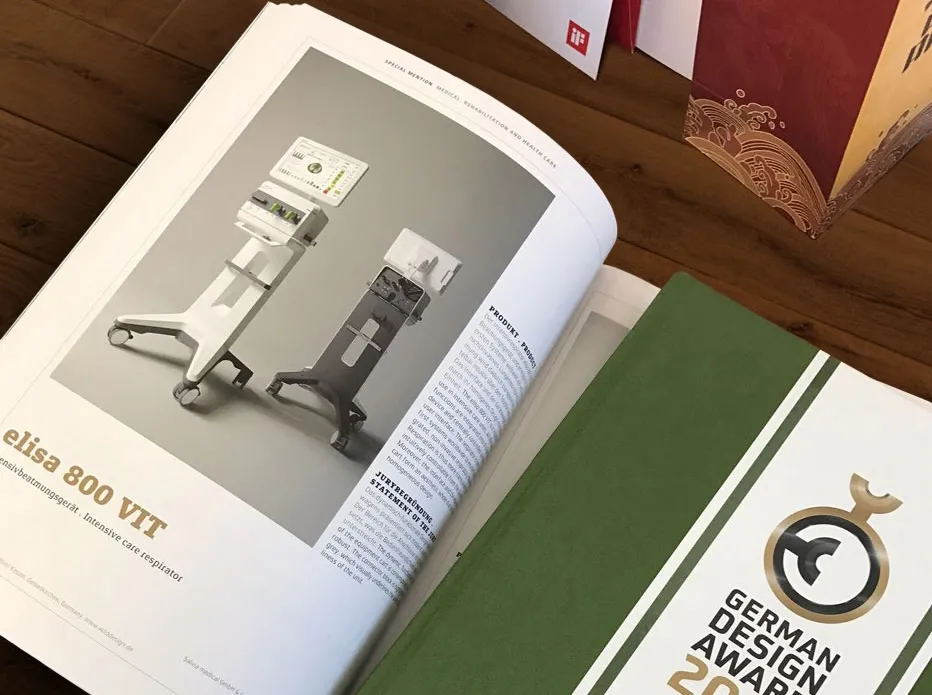Expertise
What rights do I have to the design as the client?

Design rights
These and 6 other regularly asked questions (FAQ) are always of great interest to our customers and clients.
- -> What does design cost?
- What rights do I have to the design as the client?
- -> What risks does the designer bear?
- -> How can the quality of design performance be measured?
- -> Who does a design agency work for?
- -> How does a design project work?
- -> How do I start a design project?
What rights do I have to the design as the client?
Thestarting position is clear, you want to use the design results produced by the designer commercially and at the same time disclose as little as possible of the information in your possession. Nevertheless, let's go through the possible areas of law step by step and see to what extent you as a design client are involved in other areas. In detail, these could be
- Right to confidentiality
- Right of use
- Employee Inventions Act
- Copyright
- Applicable property rights (copyright)
- Third party rights
Non-disclosure agreement
Noin-depth discussions should normally be held without a non-disclosure agreement (NDA). This protects your interests, your valuable business secrets, as well as the know-how of the design partner, which can be incorporated into the consultation discussions right from the start. In our practice, we use a tried and tested standard form, which we are happy to make available to you in German and English (you can request an NDA at the bottom of this page). In the further course of the design project, the design partner then also has the obligation to transfer this agreement to these third parties in the event of discussions with third parties. This ensures complete protection of your interests and secrets.
Rights of use to the DESIGN
Youwant to be sure that you can make full use of the design result for which you have paid. Unless otherwise agreed, with most design agencies this means that all transferable rights to the final design are transferred to you for use without any restrictions in terms of time, space or quantity upon full payment of the design order. Final design refers to the documented design you have selected for your use. All interim results and e.g. rejected variants are not transferred, as they cannot be clearly documented and delimited. If you wish, you can normally acquire rights of use for further results from the development work.
A special form of design remuneration is the separation of design and usage fees, as provided for by the AGD (Allianz deutscher Designer e.V.) in its collective remuneration agreement (> link to AGD at the bottom of this page). By considering the usage fee separately, the extent of usage can be more finely graded and the total fee can be determined more "fairly". However, it is also associated with an increased administrative effort for the contractual agreement and for the possible subsequent calculation of extended rights of use. For this reason, we normally advocate a flat-rate design fee.
The Employee Inventions Act (ArbNErfG)
In the context of design projects, the German Employee Inventions Act (ArbNErfG) can play an important role, especially when it comes to the rights to inventions and technical developments created by our employees. The Act regulates the rights and obligations between employees and employers with regard to service inventions and free inventions.
As a client, you should be aware that designers or developers who work as employees for you or your design partner may fall under the ArbNErfG. Service inventions, i.e. inventions that are made during working hours or in fulfillment of official duties, must be reported to the employer by the employee. The employer then has the option of claiming the invention.
For you as the client, this means that the rights to such inventions created as part of the design project must be properly transferred from the employer (i.e. from us as the design partner) to you. It is important to contractually ensure that all relevant rights to inventions and designs created by employees are transferred to you in order to avoid legal uncertainties later on.
Recommendations:
- Clear contractual regulations: Make sure that the contract with your design partner stipulates that all rights to inventions and designs created as part of the project are transferred to you.
- Confirmation of the transfer of rights: Ask your design partner to confirm that all necessary rights have been properly transferred to the employer by the employees involved in accordance with the ArbNErfG and can therefore be passed on to you.
- Cooperation with specialist lawyers: In the case of complex projects or uncertainties, it is advisable to consult a specialist lawyer for industrial property protection to ensure that all legal requirements are met.
German copyright law UrhG
Germancopyright law is difficult to grasp in this context. While it is clearly responsible for word or textual creations, music, photography or artistic graphics even with a low level of creation, it does not apply to design in most cases. Case law usually uses the concept of applied or commercial art and doubts that it is a personal creation in individual cases. In the field of web or product design, only very few creations are protected by copyright (a nice, compact compilation is provided by lawyer Margarete May on her website ). Since copyright already arises as a personal right at the moment of creation, it does not need to be registered separately. As a personal right, it is also non-transferable. Only the use of the copyright can be transferred. As the author of the design, industrial designers generally claim the right to refer to their authorship in an appropriate form and to advertise it. All other claims arising from the copyright are assigned in favor of use.
(Addendum 2013: In the meantime, something has changed in copyright law, keyword "birthday train". Case law is leaning towards the recognition of design services as self-creative services, although there is still no legal certainty here).
Other patentable property rights (copyright)
Whenit comes to registering your own property rights, such as design patents, utility models, patents or trademarks, this is at your discretion and your responsibility as the client. Your designer will be happy to help you with the application or provide you with information and contacts to appropriate consultants and service providers. However, no designer can give you a guarantee of registrability. You can easily carry out your own searches on the websites of the German Patent and Trade Mark Office (DPMA) and the Office for Harmonization in the Internal Market (OHIM). However, professional advice is recommended in any case.
So-called third party rights
Asthe client, you wish that the selected design and the desired purpose of use do not conflict with the rights of third parties and that you may be held liable by a third party. Insofar as this can be guaranteed with careful research and development of your own ideas and drafts, the designer assures you of this and will confirm to you that the design results are his own intellectual creations. Nevertheless, there is unfortunately no 100% certainty here, since in particular registered property rights of third parties can sometimes only be found through extensive, worldwide research. In our 24 years of international design experience, however, we have not come across a single case in which a design created by our company was in conflict with the rights of a third party - which should reassure you on this point.
As you can see, rights in design are not an easy topic, and there are various ways to achieve this.
Further links:
Wikipedia: Employee Invention Act
VDID: Advice on design contracts
WILDDESIGN is a member of Germany's largest professional association
Frequently asked questions





